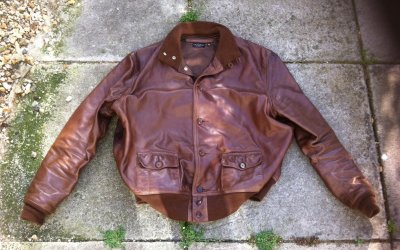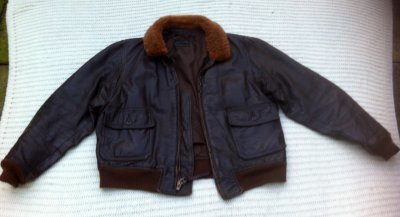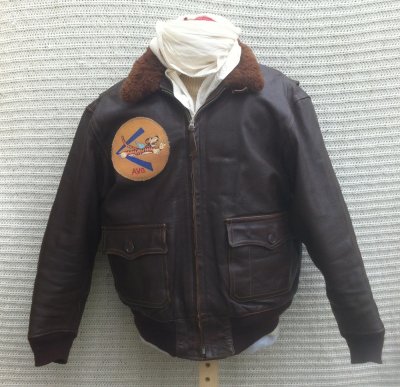There might have been plenty of draft horses in Indiana but in a lot of places mules were more commonly used as farm implements. My guess is plenty of those horsehide A2's were actually mule hides back then but mule hide doesn't sound quite as upscale as horsehide even if they're both identical except for two molecules.
No, I'm pretty sure it was real horse, not mule. Pre-war the contracts for AAF jackets were relatively small because the peacetime AAF was small. The demand for horse hide to meet these contracts could most likely have been met through the number of horses that the Army* owned dying of old age and illness.
*The US Army in the pre-war years had still not really made much progress towards mechanization**, and the structures were all still in place for the Army to go to war with large numbers of horses to move equipment, supplies, and artillery.
When the US entered the war, two things happened;
1. Massive expansion of all branches of the service, and,
2. Budgets were increased to allow for an immediate conversion to a mechanized 'modern' army.
This meant that the Army could sell or slaughter all of it's horses for their hides (as well as meat they could sell for dog food, and bones they could sell for glue), and the hides could be supplied at zero cost (since the Army already owned them) to contractors to make A-2's for all the new recruits pouring into the AAFs. In addition, the sudden drop to zero of the Army's procurement of horses also served to undermine the market value of horses meaning that as the war continued, the AAF contractors were able to source horse hide on the open market at relatively low prices.
However, this collapse of the US domestic work-horse breeding industry meant that horses quickly became unavailable, as did their hides in sufficient quantities, and the market values of horse hides started to climb. This is when 'Hap' Arnold decided to cancel the A-2 and replace it with a cloth jacket.
**The German army was the most mechanized army in the world at the start of WWII, and yet, the vast majority of their troops marched on foot or travelled by train and had supplies drawn by horse for the first two years of the war, with only a proportionately very small number of units having tanks and mechanized troop transports and supply trucks during all of the famous 'Blitzkrieg' campaigns.
Last edited:








